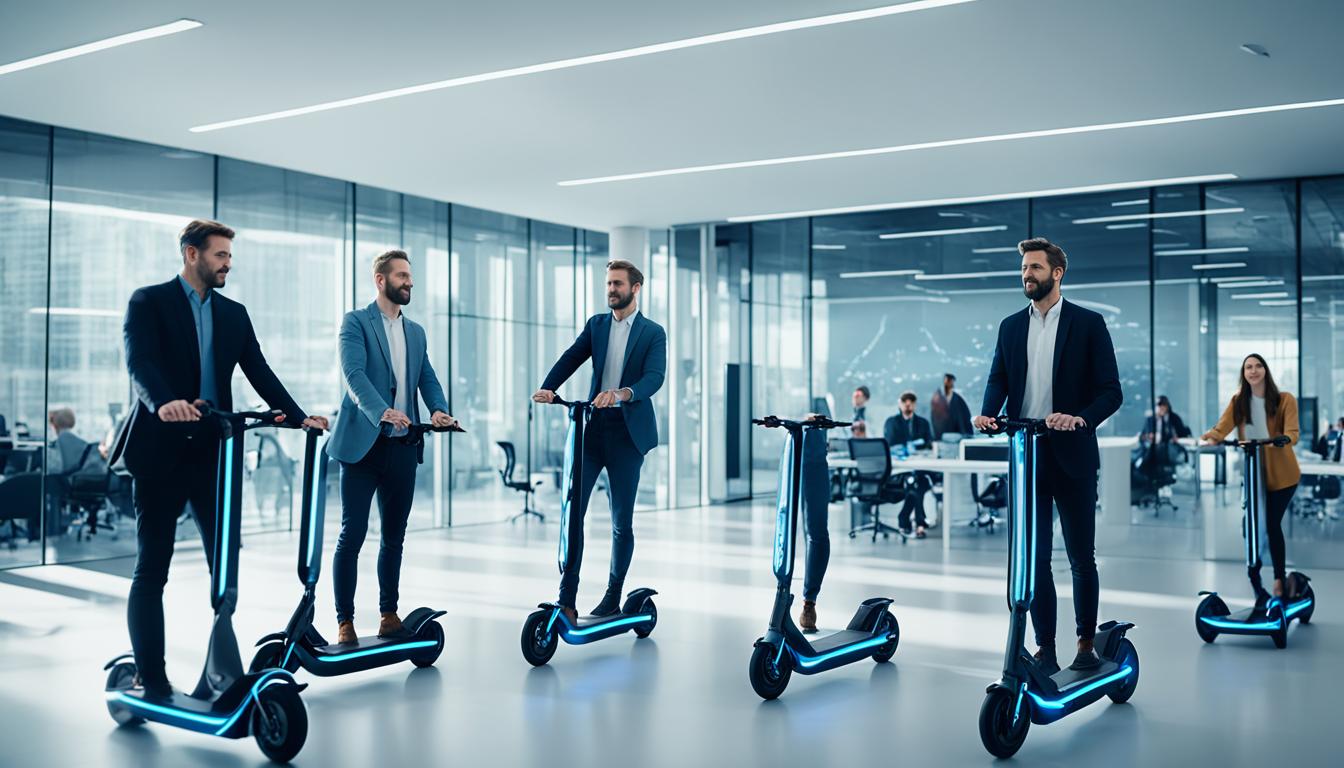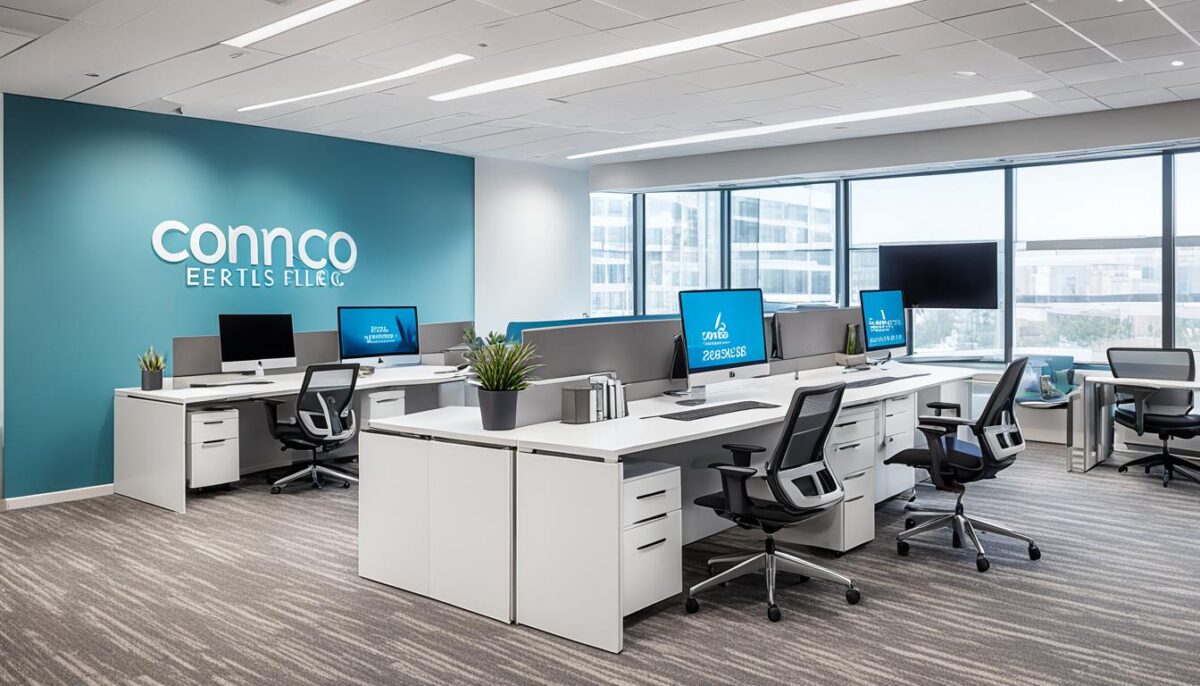How Corporate Mobility Solutions Are Shaping the Future of Work

As we navigate through a rapidly changing landscape, the integration of corporate mobility solutions is redefining our approach to the future of work. These innovative strategies are not only creating dynamic work environments but are also facilitating a remarkable workspace transformation. With remote work and flexible arrangements, we can now operate efficiently from virtually anywhere. This evolution is proving to be beneficial not only for our work-life balance but also for enhancing organizational performance and agility. Studies from respected institutions such as McKinsey & Company and Gartner indicate that companies embracing robust mobility solutions witness boosts in operational efficiency and employee satisfaction.
The Rise of Corporate Mobility Solutions
As we explore the current landscape of work, it becomes clear that understanding corporate mobility is vital for businesses seeking to gain a competitive edge. Corporate mobility refers to the integration of mobile devices, cloud computing, and collaborative tools that support a flexible, responsive workforce. Reports from credible sources like Forrester Research indicate that organizations are increasingly embracing mobility solutions to attract top talent while enhancing performance metrics. A culture that champions mobility is essential, as flexible work arrangements are closely aligned with modern employee expectations, driving engagement and satisfaction.
Understanding Corporate Mobility
Understanding corporate mobility involves grasping its fundamental components, including mobile applications, secure networks, and resource accessibility. These elements create an environment where employees can work efficiently, whether in the office or remotely. Effective corporate mobility solutions provide unparalleled benefits of corporate mobility, such as improved communication, real-time collaboration, and seamless access to information. As businesses strive to implement these strategies, a supportive culture plays an integral role in ensuring success.
Key Drivers Behind Adoption
Several drivers of corporate mobility adoption are influencing this strategic shift in work environments. According to insights from experts like Deloitte, key factors motivating this change include:
- Improving employee productivity through enhanced work conditions.
- Retaining talent by meeting the growing demand for flexible work arrangements.
- Adapting to rapidly changing market conditions with agility.
- Strengthening customer interactions and ensuring responsiveness.
Advancements in technology, societal trends like the gig economy, and increasing employee demands for flexibility are crucial reasons for mobility solutions. Together, these aspects paint a compelling picture of how corporate mobility is not merely an option but a necessity for businesses aiming for sustainability and growth in an increasingly competitive landscape.
Benefits of Corporate Mobility Solutions
As we navigate the modern workplace, the benefits of corporate mobility solutions are becoming increasingly evident. These solutions not only boost productivity but also enhance flexibility, collaboration, and cost-effectiveness for businesses.
Increased Productivity and Flexibility
Organizations that have adopted corporate mobility solutions experience significant productivity in corporate mobility. Remote work options allow employees to tailor their schedules, fostering flexibility benefits that enhance their work-life balance. Studies show that work-from-home employees often report higher productivity levels and increased job satisfaction. This dynamic environment empowers our mobile workforce advantages, leading to reduced downtime and improved performance through asynchronous collaboration.
Enhanced Collaboration Among Teams
Team collaboration mobility solutions play a crucial role in boosting teamwork and innovation. With tools like Microsoft Teams and Slack, employees can communicate in real time and access essential documents from anywhere. These mobile collaborative tools facilitate seamless interaction, allowing teams to work together effectively regardless of location. Research indicates that enhancing workplace collaboration with these solutions can lead to stronger team engagement and a culture of innovation, essential for success in today’s competitive landscape.
Cost-Effectiveness for Businesses
Incorporating corporate mobility solutions results in undeniable financial benefits of mobility for organizations. Companies can achieve cost-effectiveness of mobility solutions by reducing overhead associated with physical office space and minimizing hardware investments. Insights from leading industry sources illustrate a marked decrease in operational costs when firms embrace mobile workforce strategies. Ultimately, adopting these solutions is not only about flexibility but also about fortifying our financial health and ensuring sustainable business growth.

How Corporate Mobility Solutions Are Shaping the Future of Work
Our understanding of traditional workspaces is rapidly evolving due to the increasing use of corporate mobility solutions. This transformation of workspaces aligns with future workspace trends that prioritize adaptability and collaboration. Real estate firms have observed significant shifts, indicating a clear movement toward innovative work environments designed to support hybrid working models. Such spaces not only facilitate interaction among team members but also foster creativity and productivity.
Transforming Traditional Workspaces
Corporate mobility solutions are redefining how we approach our work environments. By embracing mobile technology advancements, we create spaces that are not just about individual workstations but are instead focused on communal collaboration and flexibility. With the right layout and resources, companies can support diverse working styles, promoting a culture that values both productivity and employee satisfaction. The transformation of workspaces reflects our collective desire for environments that inspire engagement and innovation.
Integrating Technology for Better Connectivity
Technology integration in mobility serves as a backbone for connectivity in the workplace. Advancements in mobile devices and robust 5G networks ensure that employees remain connected and productive regardless of their location. Companies like Google and Apple demonstrate how effective use of cutting-edge technology facilitates a seamless work experience. By investing in these innovative solutions, we not only overcome geographical barriers but also enhance collaboration across teams and departments.

| Aspect | Traditional Workspace | Future Workspace with Mobility Solutions |
|---|---|---|
| Structure | Fixed cubicles | Open and flexible layouts |
| Technology | Limited connectivity | Advanced mobile technology |
| Collaboration | In-person meetings only | Remote and in-person collaboration |
| Employee Satisfaction | Static environments | Diverse working options |
The Future Landscape of Work with Mobility Solutions
As we look ahead, the future of work mobility is poised to redefine our evolving workplace dramatically. With ongoing advancements in technology and corporate mobility trends such as artificial intelligence, cloud computing, and enhanced connectivity, we can expect workplaces that are more agile and responsive than ever before. These developments will not only enable organizations to adapt to shifts in the market but also empower employees to work seamlessly from various locations.
Moreover, the integration of mobility solutions will cultivate a culture of trust and autonomy among team members. The rise of remote work has already highlighted the importance of employee empowerment, and as we embrace corporate mobility trends, we will continue to see a focus on outcomes rather than on physical presence. This shift allows us to build resilient teams that can thrive in an unpredictable environment.
Ultimately, the ongoing evolution within the realm of corporate mobility will usher in a new era of collaboration and innovation. As we embrace these changes, our workplaces will transform into dynamic ecosystems that foster creativity while being equipped to tackle future challenges. In this promising future, flexibility and technological integration will not just be advantages; they will become essential components of successful organizations.
